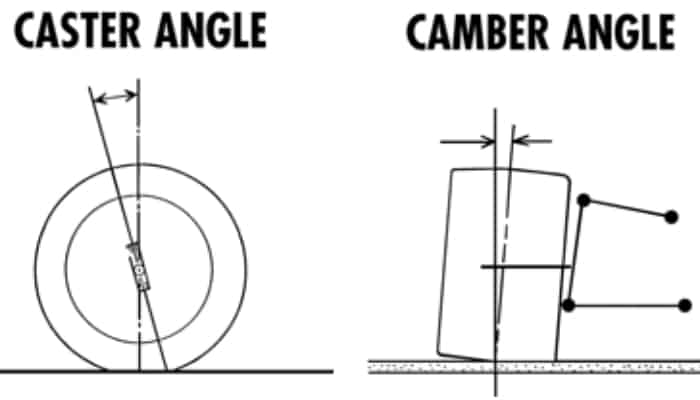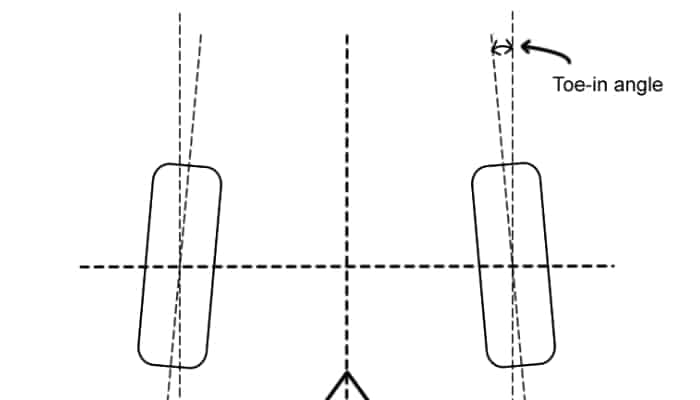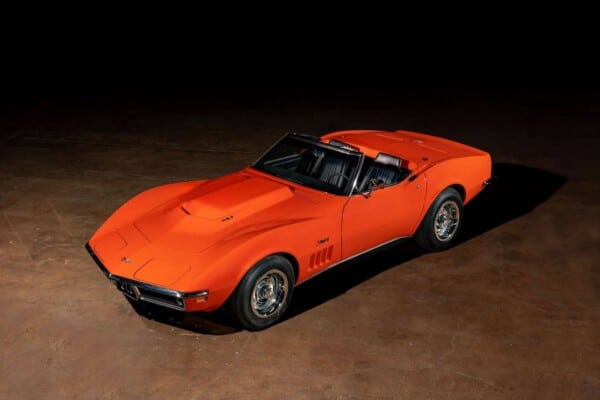In the world of automobiles, ball joints refer to the bearings connecting the steering knuckles and the control arms. They are spherical in shape. They are also present in all cars. When compared to the human anatomy, ball joints represent the hip joint because of both exhibit the ball-and-socket arrangement.
Going deeper into the construction of ball joints, they are composed of a bearing socket and stud that are put together inside a case. Everything that makes a ball joint contains steel. Discussing each part of a ball joint briefly, the stud is threaded and tapered. It connects to the steering knuckle through a tapered hole. Meanwhile, the case ensures that no dirt will enter the joint. It is usually in the form of a rubber boot to let the lubricant do its job for smooth movement.

Ball joints, to enable complete control of motion, have an internal spring to avoid issues with the link. A possible result of connection problems is vibration.
The Science Behind
Let’s learn more about the scientific theory behind ball joints one idea at a time to completely understand the basics of their functions and strengths:
Planes & Rotation
A ball joint freely allows rotation in two planes simultaneously. When it works with another ball joint with control arms, there will be movement in three planes. The results are the car’s abilities to provide a comfortable ride to the passengers thanks to suspension and allow control from the steering wheel.
3-Axis Articulation
Having ball joints at the top and bottom part allows three-axis articulation. For an easier understanding, it simply refers to stopping limitations over the control arm axes by not forcing them to be parallel all the time. Once the control arm axes are free to move in an asymmetric way, the camber and caster angles can be adjusted easily.

Toe Angle
The simplest way to explain toe angle is that it is the symmetry wheels create when they follow the car’s longitudinal axis. Now, ball joints do not directly control the toe angle. However, the steering linkage requires at least four pivots or ball joints to successfully set the toe.

Ball Joint Suspension
This type of suspension is very adjustable that manufacturers can make cars easier to control and more stable on the road. It also gives a longer life for the tires because of smoother movement. There is good harmony at work between the suspension itself and the ball joints.
Purpose
The wheels and suspension must work together without any hassle for a safer ride. What makes this possible? Ball joints ensure that the wheels’ flexible movement will cooperate with the suspension. No wonder they are being used in all modern cars’ front suspension. Some high-end cars even have ball joints at the rear. In older cars, kingpin, link pin and trunnion were used but the system of ball joints will always be more superior nowadays.
Another purpose of ball joints when it comes to cars is to serve as tie rod ends or inner socket assemblies. For other applications, ball joints can be used for mechanical dolls and other devices that require rotation for movement.
Lubrication
Ball joints need lubrication to pivot easily. Fortunately, most of them are sealed for nonstop and unlimited lubrication.
Grease Fitting
In the past, ball joints contained grease fitting as their seal. The downside is that you would be required to do maintenance more often than today’s definition of necessary just to lubricate the joints.
However, grease fitting had its glory days. The lubricant was so thick that it could break a seal after a few months or years. Also, manually adding lubricant helped in cleaning the ball joints.
Sealed Ball Joints
Grease fitting was eventually overshadowed by actual ball joint seals because new car models’ service interval is usually at least 12,000 miles. Most car owners tend to rely much on the long service interval that they would totally forget to lubricate the joints if grease fitting is still being used. Lack of lubrication leads to the malfunction of ball joints which can possibly result in one horrific accident.
Besides, with the emergence of lifetime lubrication of ball joints, sintered metal bearings, and enhanced boot seals retain grease better. Sintered metal bearings were OEM-sealed plastic or polymer in the past.
Malfunction
For new car models, ball joints can start malfunctioning at 80,000 miles. You will know when a ball joint starts failing when you hear a burst sound coming from the inside.
Strange Sounds
As the issue goes further, alarming sounds such as snaps, pops and clicks while you are turning the car would start to get your attention. Squeals can also be produced when you turn the car, step on the brake or hit bumps along the road. One reason for these sounds is dry ball joints. Dryness promotes friction, making the car’s movement hard to control.
Effects
Total malfunction of ball joints leads to complete loss of control. A tire will be at an unnatural angle, stopping the car forcefully. A failing joint can affect other systems because of debris entering some car parts.
Spherical Rolling Joint
Now that we have learned the basics of ball joints, let’s take the topic up a notch with a special type – the spherical rolling joint.
Purpose
SRJ is an enhanced ball joint with excellent precision. It includes a spherical inner and outer race with ball bearings as the divider. The bearings are inside a spherical retainer. They move along the outer and inner surfaces. The whole design aims to let the joint move extensively without high friction. Because of this, SRJs are also used in robotics.
More about the housing, it allows SRJ to have more intense loads in such a small space. However, the ball joint can actually be set backwards to handle the higher load but less movement.
Alternatives
A universal joint can replace SRJ. It only has two joints. But, SRJ will always be more superior due to its avoidance to the kinematic singularity. Plain spherical bearings can also be alternatives to SRJ, but they have higher friction despite the promise of further joint preloading.
Summary
Ball joints may be tiny compared the car’s size, but they are very essential for wheel movement. It goes to show that no matter how tiny a car part is, it will always be needed in the system. A good proof is when one ball joint is malfunctioning. There may be other ball joints, but the damaged one can be the start of awful car rides due to annoying sounds and vibrations.
On the other hand, you may also want to check our take on AC Compressor and know how it works.









